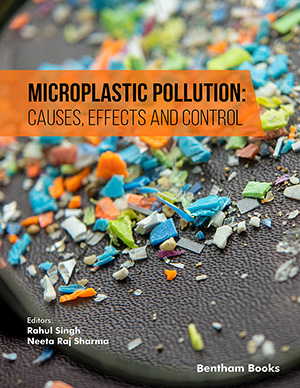Abstract
Microplastics (MPs) contamination has recently been recognized as a
serious global concern for global food security and modern society's well-being due to
its widespread presence in the aquatic and terrestrial environment. According to a
growing number of reports, micro- and nanosized plastic components have been
discovered in nearly every part of the world, from the bottom of the ocean to the
mountain top. Microplastics have become prevalent in the environment due to the
gradual disposal of plastic waste, a lack of conventional detection processes with
particular removal techniques, and a slow disposal rate. By adsorbing various heavy
metals, pathogens, and other chemical additives frequently utilised in the production of
raw plastic, microplastics have been shown to work as potential vectors. At the tertiary
level of the food chain, microplastics are consumed by marine organisms such as fish
and crustaceans, and then by humans. This phenomenon is responsible for clogging
digestive systems, disrupting digestion, and ultimately reducing the reproductive
growth of entire living species. As a result of these repercussions, microplastics have
become a growing concern as a new possible risk, demanding the management of
microplastics in aquatic media. This review chapter gives a comprehensive overview of
existing and newly developed technologies for detecting and removing microplastics
from aquatic environments in order to minimise the ultimate possible impact on aquatic
habitats.
Keywords: Activated carbon, Adsorption, Aqueous environment, Biochar, Immobilization, Microplastics, Microplastic characterization, Microplastic detection, Microplastic pollution, Microplastics remediation, Microplastics sources, Microplastic transport, Plastic waste, Primary microplastics, Porous media, Removal, Removal efficiency, Secondary microplastics, Toxicity, Water treatment.













